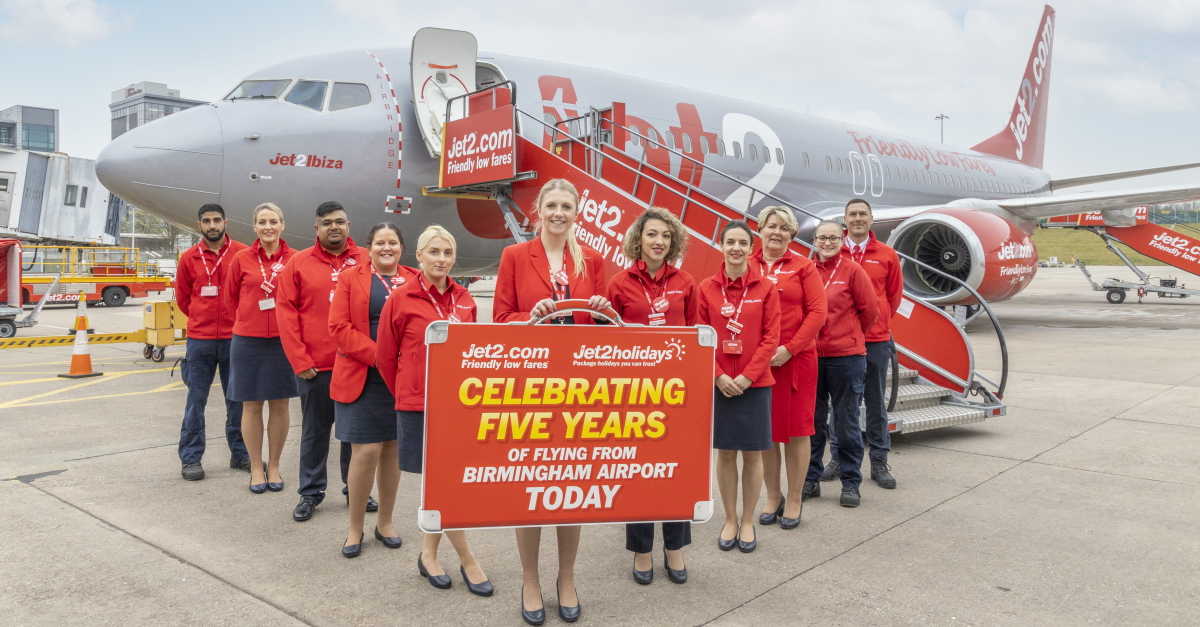Shuttered Airspace Complicates Int'l Travel Patterns, Recovery
The recovery of international business travel still is nascent, and the banning of Russian flights from the airspace of the European Union, United Kingdom, Canada and the United States due to Russia's attack on Ukraine adds another layer of...

The recovery of international business travel still is nascent, and the banning of Russian flights from the airspace of the European Union, United Kingdom, Canada and the United States due to Russia's attack on Ukraine adds another layer of complexity to the segment.
The United States Tuesday night announced it would close its airspace on Wednesday.
Prior to the bans, several global airlines had halted Russian service and flights over its airspace, including American Airlines and Delta Air Lines, the latter of which also had suspended its codeshare agreement with Russian national airline Aeroflot.
United Airlines on Tuesday also suspended flights over Russian airspace and as a result temporarily suspended two flights from the United States to India as it determines how to operate them via alternative routes, according to Reuters.
Avoiding Russian airspace requires carriers to devise alternate flight paths between some destinations, and depending on the flight origin and destination, may make operating certain routes unpalatable given the additional flying time and cost.
Among the most affected carriers is Finnair, the largest airline in Russian neighbor Finland. "Bypassing the Russian airspace lengthens flight times to Asia considerably and, thus, the operation of most [of] our passenger and cargo flights to Asia is not economically sustainable or competitive," Finnair CEO Topi Manner said in a statement on Monday. The carrier also had canceled its flights to China, Japan and South Korea. The carrier on Wednesday announced it would resume flights to Tokyo using a new route.
The situation is fluid.
"While the crisis in Ukraine will certainly impact leisure travelers, the pain will be felt deeply within the business community as well," World Travel Protection regional security director of North America Frank Harrison wrote in an email Wednesday. "The reality for travelers doing business is unpleasant: canceled flights, longer flights and flights with more connections."
Corporate travelers are facing significant delays due to restricted routes, or longer routes as a result of closed air corridors and airspace, Harrison added. "The crisis adds to an already challenging travel situation impacted by weather and Covid-19 vaccination and re-entry requirements," he said.
As airlines make their operational decisions, "the most important part is the safety of passengers and crew," retired United Airlines sales executive and former Global Business Travel Association interim CEO Dave Hilfman told BTN. "Second is demand. It's been slow going so far because of Covid. Another factor is in how much service will be scheduled going forward. I'd like to think long-term [the business travel recovery] will be robust in Asia and India. Down the road will be a relative return to normal, but there's a longer runway than anticipated."
With longer routes, there also will be increased wear-and-tear on aircraft, and in some cases it could affect flight crew member rest requirements or regulations, airline industry analyst and consultant Robert Mann told BTN.
"That adds further costs, assuming you have those crew members available on short notice," he said, also noting the potential for fuel surcharges. "If business travelers need to [fly] next week, you are going to pay whatever fare and fees the airline thinks it will need. I don’t know for a fact, but I would not be surprised if airlines are not already increasing refundable fares and fees for future travel, realizing they are going to have to fly greater distances, longer times and have higher costs."
Additional factors include "strained supply chains, inflation and rising oil prices," CWT VP of global supplier management for EMEA Ian Davies wrote in a statement Wednesday. "We have seen an increase in oil prices since the conflict," he wrote. "Brent Crude was trading at an eight-year high this morning on European markets. This early consequence could have a broader impact. If this is prolonged, it may lead to higher fares."
Longer routes and the increased fuel usage also mean less efficient flying, a ding to sustainability efforts.
Still, it's early days in the conflict, and it remains to be seen how deeply the effects will be felt on the business travel segment, particularly as much will depend on the length of the crisis.
While some sources noted the negative affects flying longer routes could have on business traveler well-being, Hilfman was more optimistic. "Technology on aircraft has improved so significantly over the last decade, and frankly the new aircraft which mostly are carbon composite, such as the [Boeing 787] Dreamliner and Airbus A350, they're designed to increase humidification and are pressurized at a lower level, so I think the carriers have aircraft that are providing a better experience, regardless of the length of haul," he said.
Continued updates on the industry effects of the Russia-Ukraine crisis

 Fransebas
Fransebas 






























